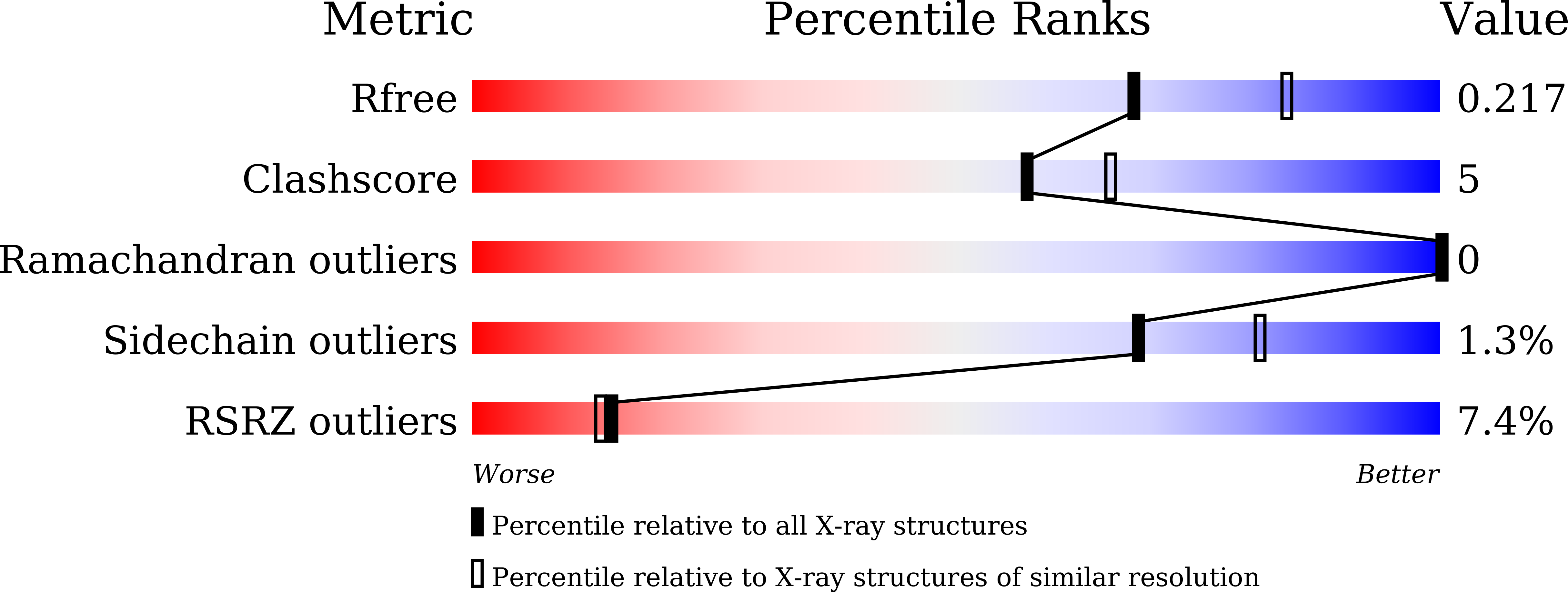
Deposition Date
2020-09-02
Release Date
2021-03-31
Last Version Date
2023-11-29
Entry Detail
PDB ID:
7CXW
Keywords:
Title:
Structural insights into novel mechanisms of inhibition of the major b-carbonic anhydrase CafB from the pathogenic fungus Aspergillus fumigatus (C116 flipped form)
Biological Source:
Source Organism:
Host Organism:
Method Details:
Experimental Method:
Resolution:
2.20 Å
R-Value Free:
0.21
R-Value Work:
0.17
R-Value Observed:
0.17
Space Group:
P 32 2 1


